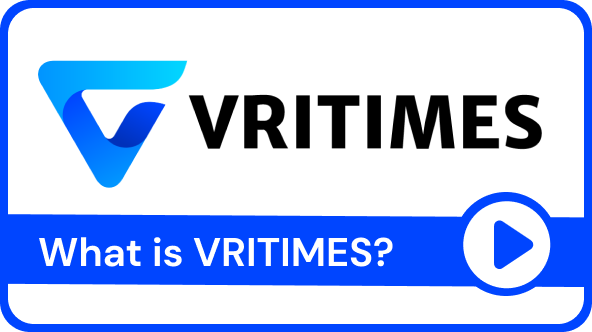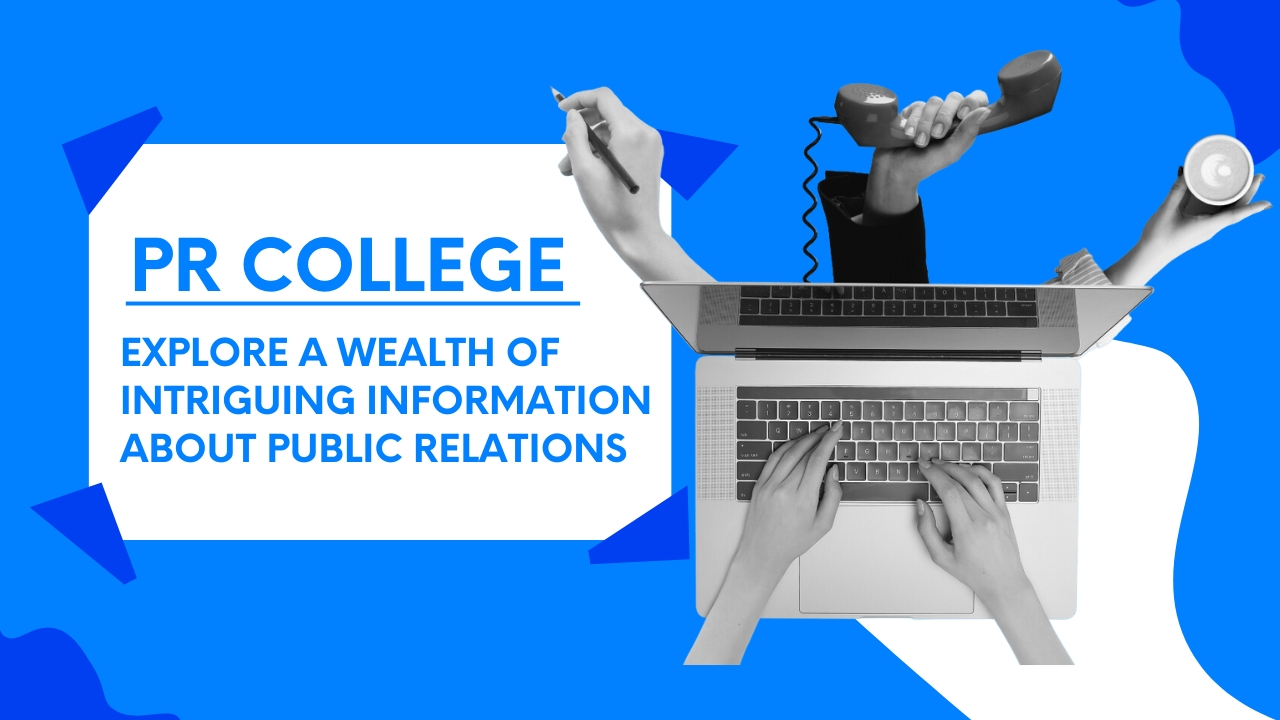/ 7 Tips to Create and Implement Public Relations Campaign
7 Tips to Create and Implement Public Relations Campaign

An effective PR campaign can increase brand awareness, create a good brand image, and build trust in your brand. After trusting your brand, the audience will be attracted to your brand and eventually make purchases.
This is why public relations is so important for any type of business. But starting a PR campaign can be difficult for the novice.
7 Tips to Create and Implement a PR campaign
The aim of a PR campaign is to spread useful information about a business to attract a large audience and convert them into loyal customers. Here are some tips on how to create and implement an effective PR campaign:
1. Define the Goal
Before planning your PR campaign, decide on the desired outcome. Is it to increase brand awareness, increase sales, communicate brand value, or attract new investors?
Identifying the objective will help you determine the strategy. To set the goal, you can use the SMART method as follows:
Specific: what do you want to achieve (the objective)?
Measurable: how will you measure success?
Achievable: how will the PR campaign achieve the objective?
Realistic: is this PR campaign goal realistic and can it be achieved with your resources?
Time-based: how much time do you have to achieve the goal?
2. Choose the Audience
Select the targeted audience based on your product and/or service. If you sell premium baby products, promote them to expectant mothers and mothers. You can create educational content that relates to mothers and host exciting events for them.
3. Analyse the Data
To find the most effective ways to reach your targeted audience, you need to research and analyse the data.
For example, you can analyse your competitors' Instagram insights to identify the most engaging content. Then, you can focus on this type of content in your next PR campaign to increase your brand's exposure.
4. Brainstorm
Once you know your goal, your targeted audience and the most effective methods, you can start brainstorming on the best way to achieve it.
Brainstorming is a group discussion to generate ideas or solve problems. It is an essential process in the development and creation of a PR campaign.
To create an effective brainstorming session, include people from different backgrounds and communicate what you are trying to achieve.
In a brainstorming session, ask for lots of ideas and think about how they relate to each other. Consider these questions:
What is important to the targeted audience?
What are their pain points and how can we address them?
What actions need to be taken?
What is the message we need to communicate?
How will we deliver the message?
On which platforms will we deliver the message?
5. Choose your Channels
Choose the channels to which your targeted audience pays the most attention. This is a key consideration when planning an effective PR campaign.
If you decide to use a press release, make sure you choose the right distribution partner who has a lot of media contacts in your niche.
If you choose to hire influencers to promote your brand, choose the most engaging ones that fit your niche. If you choose to promote your brand through social media, create creative and compelling content.
If you decide to create a blog for a PR campaign, make sure you create compelling SEO-friendly content. This will make your audience want to read all of your content. You should also consider combining two or more channels to reach a wider audience.
6. Double Check Your Idea
Before implementing your PR campaign, present the ideas to people who are not involved in the project, i.e. your colleagues from another department.
This will help you find out what people think about your PR campaign. You can prevent a PR crisis and align the campaign with your brand values. Fix anything that needs fixing.
7. Implement the PR Campaign
Execute the PR campaign as planned. Hope for the best and prepare for the worst. Leave yourself room to make last-minute changes.
This is vital to the success of the campaign. Keep all channels of communication open and be prepared to respond quickly to any queries.
If necessary, send a follow-up email or chat to the media partners or influencers you have agreed to work with. You can send a follow-up message based on your agreement.
Once you have created and implemented your PR campaign, remember to measure it. Create a report with proven KPIs and identify opportunities for improvement.







